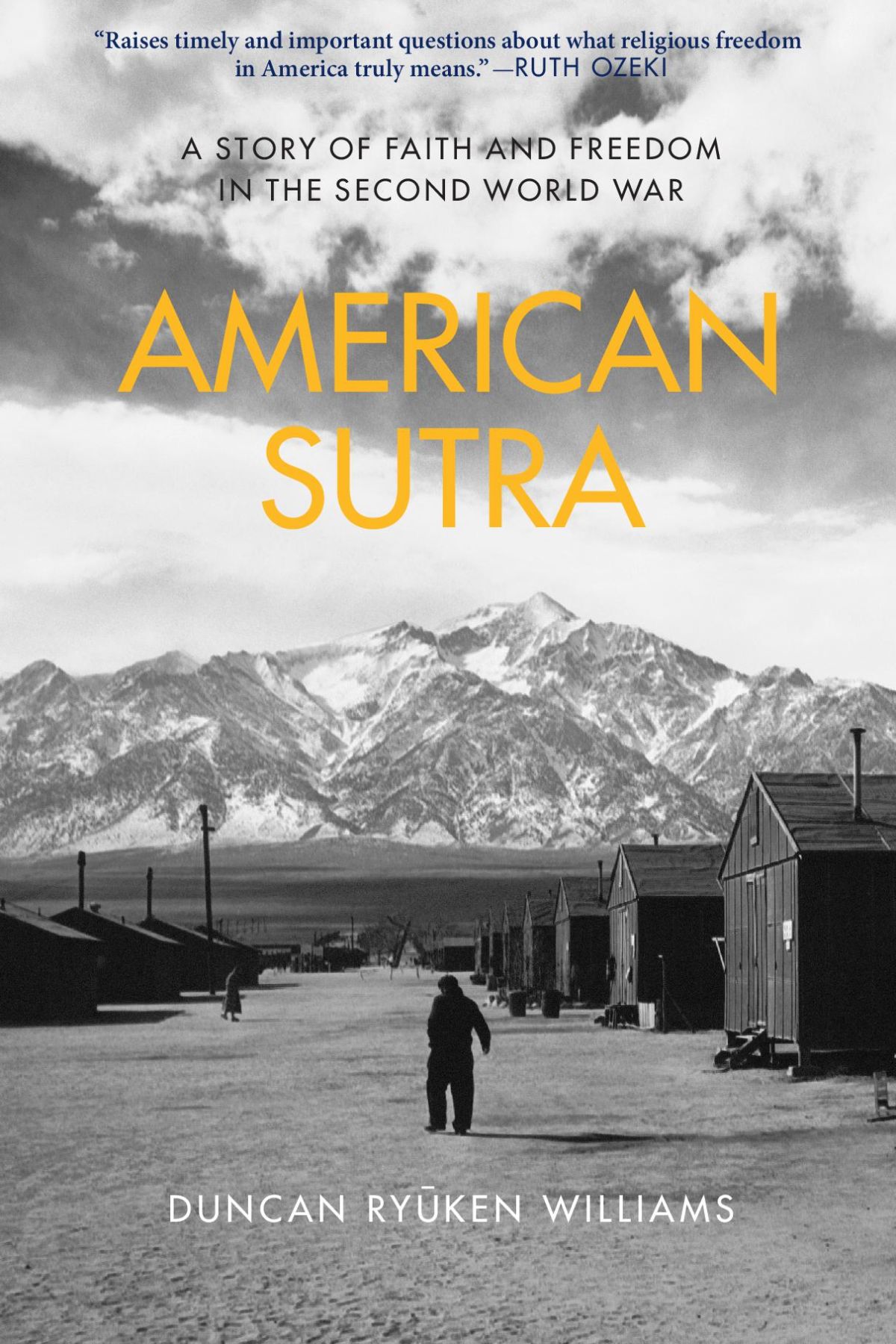Following the war, Yoshiko Hide’s book of gathas from the Heart Mountain Buddhist Church remained hidden in a trunk for decades. After rediscovering it, she knew that she should share it with future generations. As she told Smithsonian curators as part of our efforts to collect the memories of survivors of this period in American history, “It is important to educate people about what happened to Japanese-Americans during the World War II incarceration, and especially to show that religions were able to share their teachings in English and Japanese.”
This poignant artifact reveals an important backstory about the improvised nature of religious life in the camps, one of thousands of stories that might be told to highlight a mostly forgotten aspect of the turbulent 1940s—the complex role faith played in the mass incarceration of Japanese-Americans. The collections of the Smithsonian's National Museum of American History include Buddhist altars made of scrapwood, thousand-stitch belts given for protection to Japanese-American soldiers going off to war, and Young Men’s Buddhist Association uniforms from camp athletic teams—all suggesting the ways both quotidian and profound that religious identity informed the incarceration experience.
Providing important new context for these objects and the much larger history of which they are a part, scholar Duncan Ryuken Williams’ new book American Sutra: A Story of Faith and Freedom in the Second World War, explores for the first time the significance of religion, particularly Buddhism, among Japanese-Americans incarcerated at Heart Mountain and the nine other camps overseen by the War Relocation Authority.
“While it has become commonplace to view their wartime incarceration through the prism of race, the role that religion played in the evaluation of whether or not they could be considered fully American—and, indeed, the rationale for the legal exclusion of Asian immigrants before that—is no less significant,” Williams writes. “Their racial designation and national origin made it impossible for Japanese Americans to elide into whiteness. But the vast majority of them were also Buddhists. . . . The Asian origins of their religious faith meant that their place in America could not be easily captured by the notion of a Christian nation.”
This notion—that the United States is not merely a country with a Christian majority, but is a nation somehow essentially Christian in character—has served as the backdrop for many moments of religious bigotry throughout U.S. history, from widespread suspicion of the so-called “heathen Chinee” in the late 19th century, to dire warnings of a “Hindoo peril” early in the 20th century, to rampant Islamophobia in the 21st. Even before war with Japan was declared, Buddhists encountered similar mistrust.
